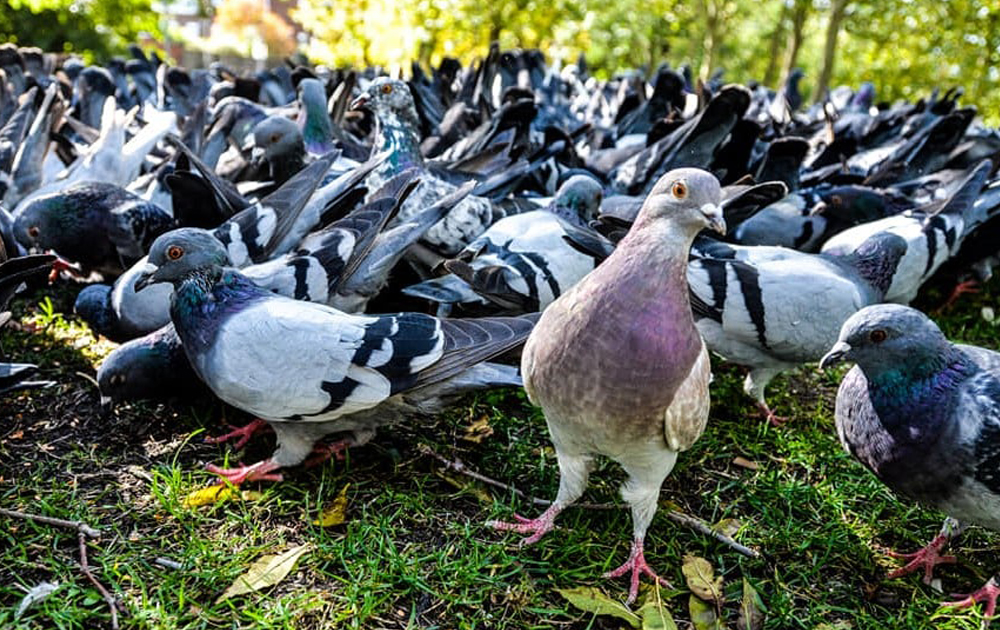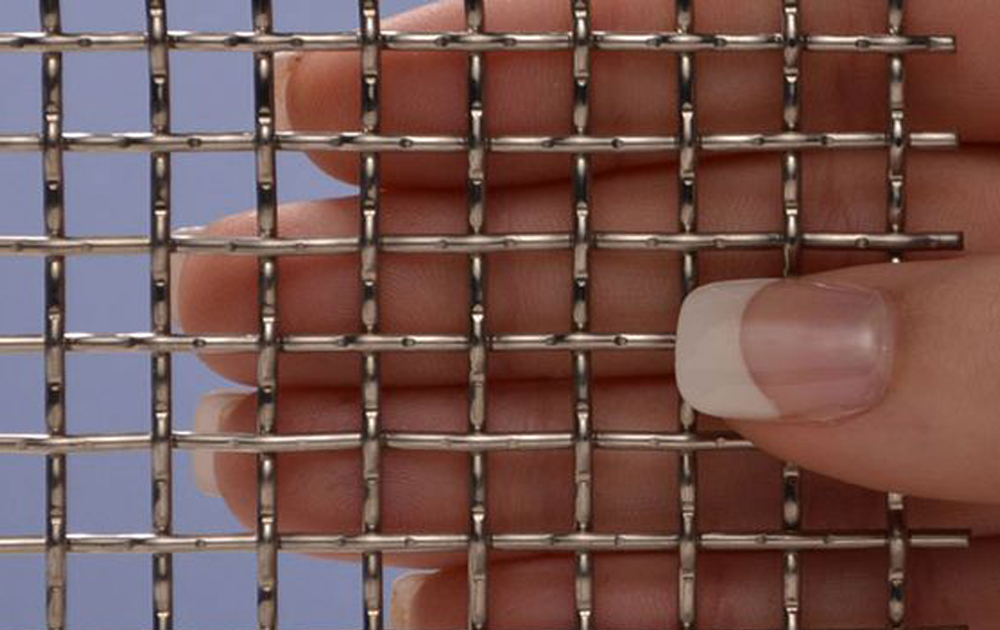Scientific research has proven, conclusively, that all lethal methods of pigeon control are totally ineffective in the medium and long-term reduction of pigeon numbers. In areas where lethal control operations have been carried out there will be seen to be an initial short-term reduction in numbers but, within a matter of weeks, pigeon numbers will have increased back to the pre-cull figure and in most cases will have exceeded it. This is because killing adult pigeons in a feeding flock favours younger birds that would otherwise have a poorer chance of survival. Many older non-breeding birds are removed during these culling operations and the younger healthy breeding stock remains in site and thrives as a result.
The facts demonstrate quite clearly that lethal control cannot be seen as a viable method of reducing flock size under any circumstance, irrespective of the size or extent of the problem. Quite simply, it is a completely ineffective control option, whether provided as a stand-alone control or whether it is provided alongside the installation of deterrents and anti-roosting devices. Pigeons control their own numbers very effectively according to the volume of food available to them. An adult pair of pigeons will usually breed 4-6 times a year.
Another reason for the steady increase in pigeon flock size is the deliberate and persistent feeding of pigeon flocks by a small number of dedicated pigeon feeders. Excessive feeding by persistent pigeon feeders, combined with lethal methods of control recommended by most pest control contractors have resulted in a growing problem for which there is no quick and easy solution. The only beneficiaries are the pest control industry and those that derive pleasure from feeding pigeons.
The use of dovecotes and designated feeding areas in public places combined with the use of pigeon lofts sited on buildings has helped local authorities and sites such as Nottingham City Hospital to concentrate and control pigeon numbers in a humane but effective manner. These control regimes are 100% non-lethal and yet they are both sustainable and publicly acceptable. Non-lethal control systems are just as valid, and just as effective, for individual buildings as they are for their area-wide and site-wide equivalents. Clearly, where an individual property is concerned it is important to install an optimum control system that will resolve bird-related problems both effectively, cost-effectively and in a manner that is sustainable.















